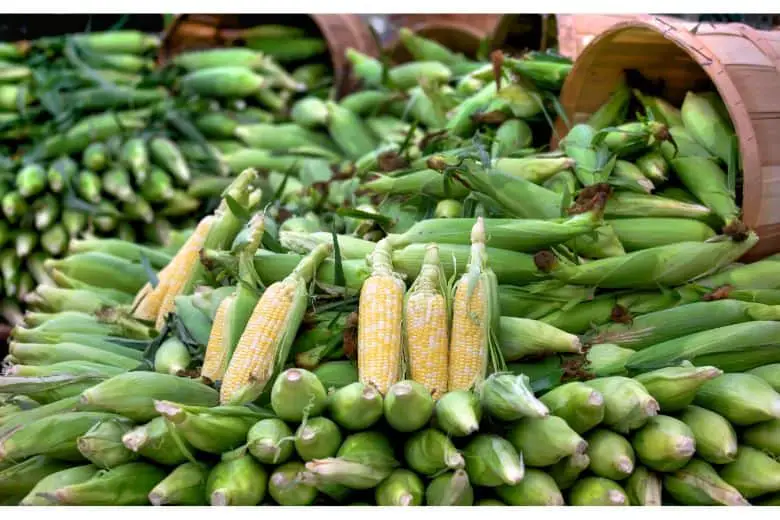
Growing 250 bushels of corn per acre is no small feat and requires careful planning as well as diligent work throughout the growing season. However, it is definitely achievable for farmers and gardeners who are willing to put in the time and effort.
Let our guide be your reference for precision corn farming success with step-by-step guidance on how to grow 250 bushel of corn per acre from certified experts.
Here are the essential steps to follow to maximize your corn yield:
Soil Preparation (1 month before planting)

The key to growing a bountiful corn crop starts with preparing the soil. Corn has high nutrient needs, so your soil must be fertile and loose. Begin by testing your soil to determine its nutrient levels and pH. Aim for a soil pH between 6.0 to 7.0.
# Add compost, well-rotted manure, or other organic matter 4-6 weeks before planting to increase the soil’s organic matter content. This will improve moisture retention and nutrient availability. Work it 8-12 inches deep.
# Lime should be added 2-4 weeks before planting if your soil pH is below 6.0 to raise it to the optimal range. Lime takes time to react in the soil.
# Fertilize based on your soil test report. Nitrogen (N), phosphorus (P), and potassium (K) are important macronutrients for corn. You may need to add 50-100 lbs of nitrogen, 50-100 lbs of P2O5, and 50-100 lbs of K2O before planting.
# Cultivate or till the soil 1-2 weeks before planting to break up any clumps. The soil should be loosened to a depth of 6-8 inches. This allows for easy seedling emergence and development of the corn root system.
Planting Timeline
The best time to plant corn is when the soil has warmed to around 60°F. The general corn planting window for most regions in the US is:
- Early Season Corn: Late April to Mid-May
- Mid-Season Corn: Late May to Early June
- Late Season Corn: Early June to Late June
Choosing the right maturity variety suited to your region’s climate is important to ensure the crop has sufficient time to fully develop before the first fall frost.
250 Bushel Corn Planting Process
Follow these steps when planting to maximize plant population and ensure even germination:
Step 1: Mark out rows on your tilled field using a planter, marker, or hoe at 30-36 inch spacing. Wider rows lead to poorer weed control.
Step 2: Calibrate your planter to plant around 32,000-36,000 seeds per acre for optimal yields. This works out to 6-8 seeds dropped every 12 inches.
Step 3: Plant seeds 1-2 inches deep, pointed tip down. Deeper than 2 inches can lead to poor emergence as corn seeds need warmth and moisture to sprout.
Step 4: Gently firm the soil over the seed with your foot. This establishes soil contact for rapid water uptake. Don’t over-pack as this can obstruct emergence.
Step 5:Consider precision planting technologies like GPS and auto-steer to ensure straight rows and optimal spacing between plants. This maximizes sunlight interception.
Step 6: Apply a pre-emergent herbicide after planting and before seedlings emerge to control weeds. Reapply as needed. Weed competition reduces corn yields.
Technique Foe Seedling Care
Proper care of young seedlings is vital for maximum plant establishment:
- Monitor seedlings daily for emergence, which usually occurs within 5-10 days depending on soil temperature. Replant thin spots.
- Scout for insects and apply foliar or soil insecticide as needed. Cutworms and wireworms can destroy emerging corn.
- Be ready to perform first cultivation 2-3 weeks after emergence to uproot any newly germinated weeds when corn plants are 4-6 inches tall.
- Gently water if rain is inadequate, applying 1-2 inches per week. Use drip irrigation under plastic mulch for best water efficiency.
The Way of Fertilizer Applications
Corn is a heavy feeder of nitrogen and removing 250 bushels of corn grain will strip significant nutrients from the soil. Multiple fertilizer applications are usually required:
- Side-dress with nitrogen 4-6 weeks after planting when corn is 12 inches tall. Apply 50-75 lbs of actual nitrogen.
- Make a second nitrogen side-dress application at tasseling (6-8 weeks after planting) with an additional 25-50 lbs of nitrogen.
- Supplemental phosphorus and potassium may also be needed if indicated by a mid-season soil test. Maintain ideal soil nutrient levels.
Irrigation and Cultural Practices
Keep the following best practices in mind throughout the growing season:
- Irrigate as needed to provide 1-2 inches of water per week, especially during tasseling, silking, and grain fill. Drought stress reduces yields.
- Control weeds with a second cultivation, herbicides, or manual removal when corn is 12-18 inches tall to minimize competition.
- Apply foliar fungicides and insecticides if pests or disease pressure is high to protect the leaf area for photosynthesis.
- Scout for corn earworms and fall armyworms during silking and apply targeted insecticides. These caterpillars damage ears.
- Consider using plastic mulch or drip irrigation under mulch to conserve soil moisture and reduce weed pressure.
Harvesting and Post-Harvest Care
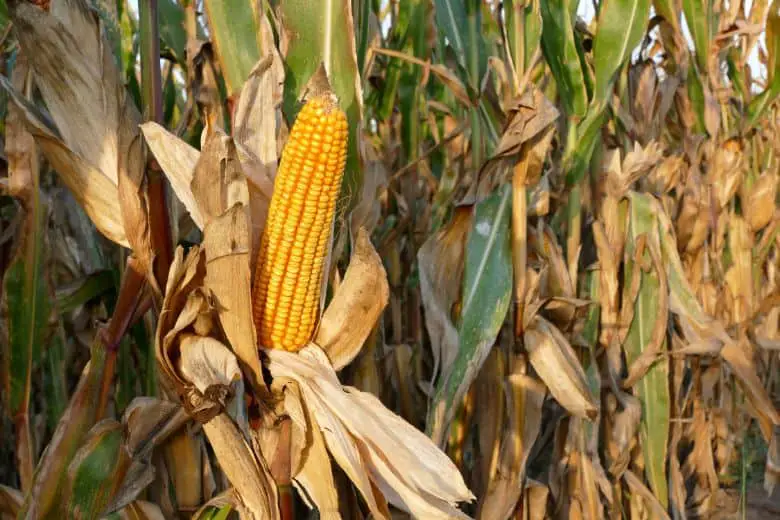
To maximize your corn yield potential:
- Harvest when the black layer has formed at the base of the kernels, about 20-30 days after silks emerge depending on the hybrid.
- Leave at least 1/2 inch of stalk above the ear to avoid harvesting undeveloped ears lower down.
- Harvest in the morning when kernels have their highest dry-down starch content.
- Properly dry grain to below 15% moisture level before long-term storage to prevent mold.
- Test soil after harvest and amend as needed based on nutrients removed from 250 bushels of corn per acre. Nitrogen depletion will be high.
- Consider a cover crop after corn to rebuild soil organic matter, control erosion, and capture excess nutrients.
best suited for your landscape. Factors such as climate, soil type, sun exposure, and maintenance needs should be taken into consideration. It is also important to think about the size and shape of the mature plant, as well as the color and texture of the flowers and foliage it will produce. By selecting the right variety of plants, you can ensure a healthy, vibrant garden that will bring you enjoyment for years to come.
Conclusion
Precision, timing, weed control, moisture, and fertility are all crucial aspects to focus on when attempting to grow 250 bushels per acre of corn. Proper planning and attentive management through all growth stages of the corn plant is required but it’s possible with the right hybrid, soil conditions, and growing techniques. You can comment or contact us if you need any clarification or have additional questions!

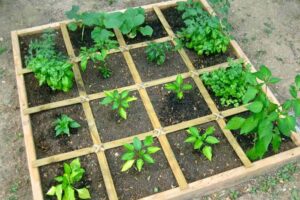

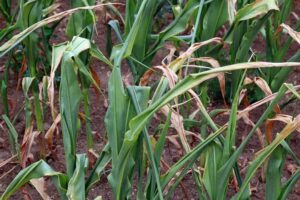
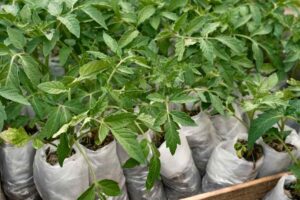
One Comment